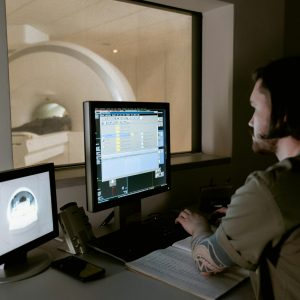Re-animating history in Iraq by restoring Al-Hadbaa minaret
Restoration projects aim at reviving civilizational and cultural identity of Iraq after more than a decade of civil unrest witnessed historic sites getting destroyed
MOSUL, Iraq (MNTV) – The historic landmark, Al-Hadbaa Minaret of the Great Mosque of al-Nuri, has been restored as part of a massive reconstruction project in Mosul.
The construction was completed nearly eight years after the ISIS group destroyed the iconic structure in Iraq’s civil war, reported the local newspapers.
The minaret, which stood for over 850 years as a symbol of the city, was rebuilt using traditional techniques and original materials salvaged from the rubble, with support from UNESCO, Iraqi heritage authorities, and international donors.
The restoration of the minaret, along with other cultural and religious sites in Mosul’s Old City, marks a significant step in healing the wounds of a city devastated by war.
The project, funded with $115 million, was spearheaded by UNESCO, with major contributions from the United Arab Emirates and the European Union.
For Mosul’s residents, the revival of the Al-Hadbaa Minaret holds deep emotional significance.
“This mosque is considered the identity of Mosul’s people,” said Mohammed Khalil Al-Assaf, a local imam.
“When we came here today to see the Al-Hadbaa Minaret, we were reminded of beautiful past memories in this holy mosque,” he added.
The reconstruction process was fraught with challenges, including the removal of war remnants and debris, as well as detailed engineering and historical studies to ensure the site retained its authenticity.
“Some of the biggest challenges included the removal of war remnants mixed with the rubble and separating the artifacts from the debris,” said Omar Taqa, the site engineer for the project.
The restoration also extended to Mosul’s Christian heritage, including the al-Tahira and al-Sa’aa churches, which were severely damaged during IS occupation.
Mar Benedictus Younan Hanno, Archbishop of Mosul for Syriac Catholics, emphasized the importance of rebuilding these sites.
“The main goal of rebuilding churches today is to revive the history that our ancestors lived, bringing the possibility for (Christians) to return,” he said.
UNESCO Director-General Audrey Azoulay, who toured the restored sites, highlighted the project’s broader significance.
“This intervention in a post-conflict environment was unprecedented in its complexity,” she said. “The sound of church bells ringing and choirs singing in Mosul again sends the message that the city is returning to its true identity, which is a plural identity.”
The Mosul reconstruction project is seen as a model for future efforts in other war-torn regions, including Syria.
Azoulay noted that UNESCO has gained valuable expertise in post-conflict restoration, which could be replicated elsewhere.
“This initiative is also a legacy for UNESCO,” she said. “Our organization has acquired new expertise in post-conflict situations that it will be able to replicate in other crisis situations.”
The official reopening of the Al-Hadbaa Minaret is expected in the coming weeks, with Iraqi Prime Minister Mohammed Shia al-Sudani in attendance.
The restoration stands as a testament to resilience and hope, signaling a new chapter for Mosul and its people.







